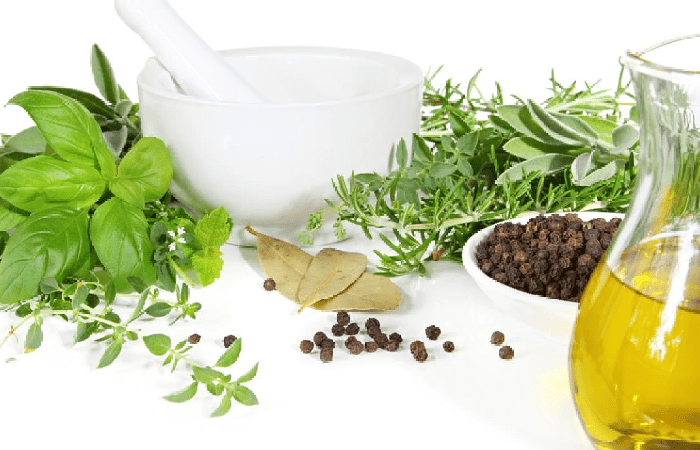Mastering the Art of Chemical Peels: A Step-by-Step Guide
Unlock radiant skin with our guide on Chemical Peels: from choosing the right type to post-peel care, master every step for glowing results!

Chemical peels have become a popular skincare solution for those seeking to rejuvenate their skin and achieve a radiant complexion. Among the various options available, Salicylic acid and Lactic acid peels are gaining attention for their gentle yet effective exfoliation properties. This comprehensive guide will walk you through how to apply these chemical peels, ensuring optimal results without compromising your skin's health.
Understanding Light Routine® and Milk Route® Peels:
Before delving into the application process, it's essential to understand what sets Light Routine® salicylic acid and Milk Route® lactic acid peels apart. These peels are designed to provide a mild exfoliation, making them suitable for individuals with sensitive skin or those new to chemical peels. They remove dead skin cells, promote cell turnover, and reveal a fresher, more youthful complexion.
Gathering Your Supplies:
To embark on your chemical peel journey, gather the necessary supplies: Light Routine or Milk Route peel and Peptide Therapy Intense Repair Gel for post-exfoliation care. Having these items ready ensures a smooth and efficient application process.
The Step-by-Step Application Process:
Now, let's break down the application process into simple steps for optimal results:
-
Starting with the Cheeks
Begin by taking a small quantity of the peel and applying it to the convexities of your cheeks. Being less sensitive, the cheeks serve as an ideal starting point for the exfoliation process. -
Moving to the Forehead
Proceed to your forehead, applying the peel evenly across the entire area. Be mindful of any areas with fine lines or wrinkles, as the peel can help improve the appearance of these common skin concerns. -
Ending at the Eyelid-Cheek Junction
Exercise extra care and gentleness as you approach more sensitive areas, such as the eyelid-cheek junction. Use minimal pressure and apply the peel with a smooth, gliding motion. Avoid getting too close to the eyes and lips to prevent irritation. -
Say No to Rubbing
Resist the temptation to rub the peel onto your skin. Instead, maintain a gentle and smooth application technique. This approach minimises the risk of irritation and ensures that the peel is evenly distributed for consistent results. -
Avoiding Delicate Areas
Avoid getting too close to your eyes and lips when applying the peel. These areas are more sensitive and may react adversely to the chemical components. A safe distance ensures a positive exfoliation experience without compromising the integrity of these delicate regions.
Pro Tips for Enhanced Results:
To elevate your chemical peel experience, consider incorporating these pro tips:
Post-Exfoliation Care
After completing the chemical peel application, follow up with Peptide Therapy Intense Repair Gel. This specialised face moisturizer helps soothe the skin, promotes healing, and enhances the overall results of the exfoliation process. Apply the gel according to the product instructions for optimal benefits.
Mastering the art of chemical peels is within reach with the proper knowledge and approach. You can achieve a rejuvenated and radiant complexion by following the step-by-step guide outlined above and incorporating pro tips for enhanced results. Remember, consistency is vital, and always prioritise the health and well-being of your skin throughout the exfoliation journey.



